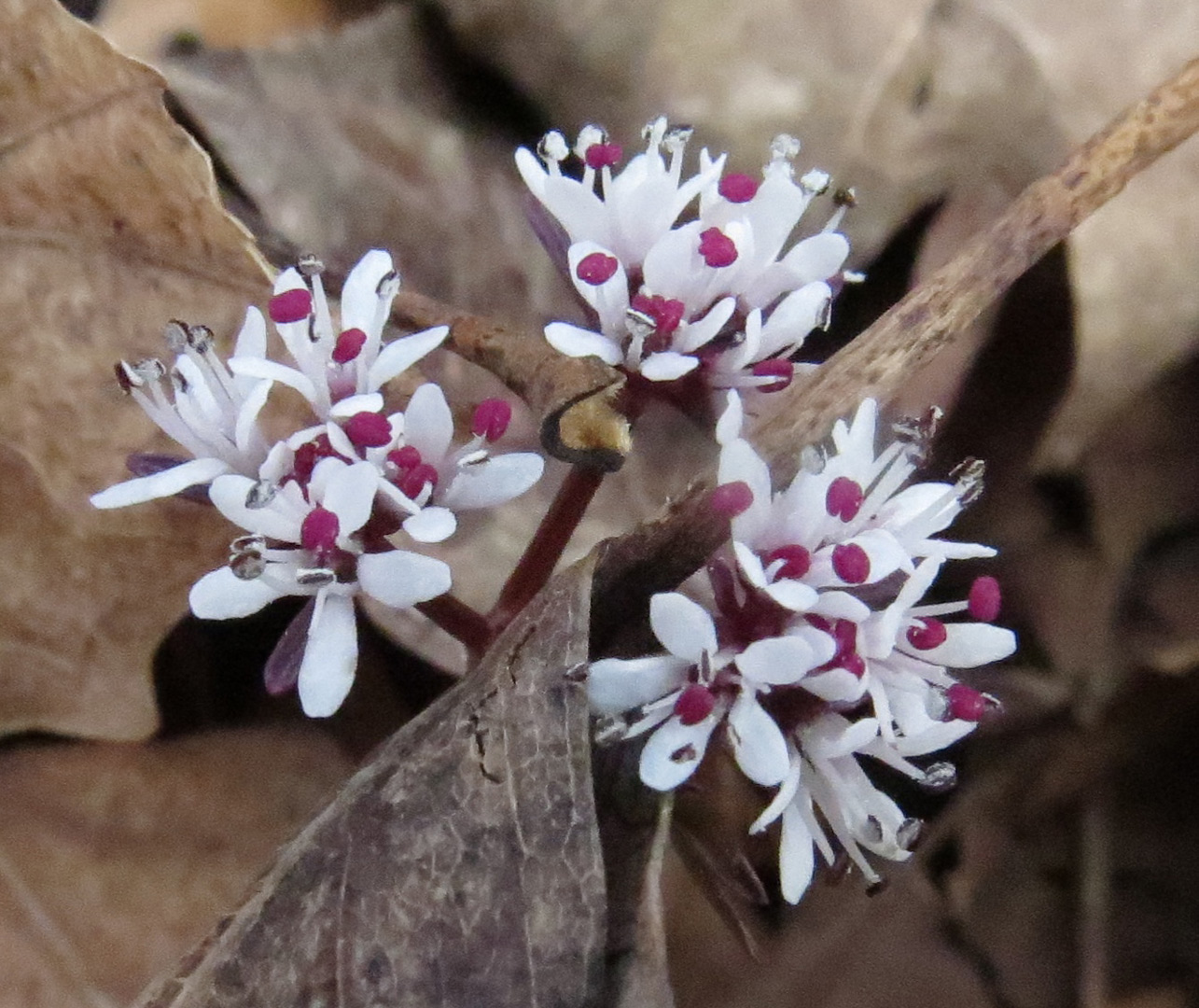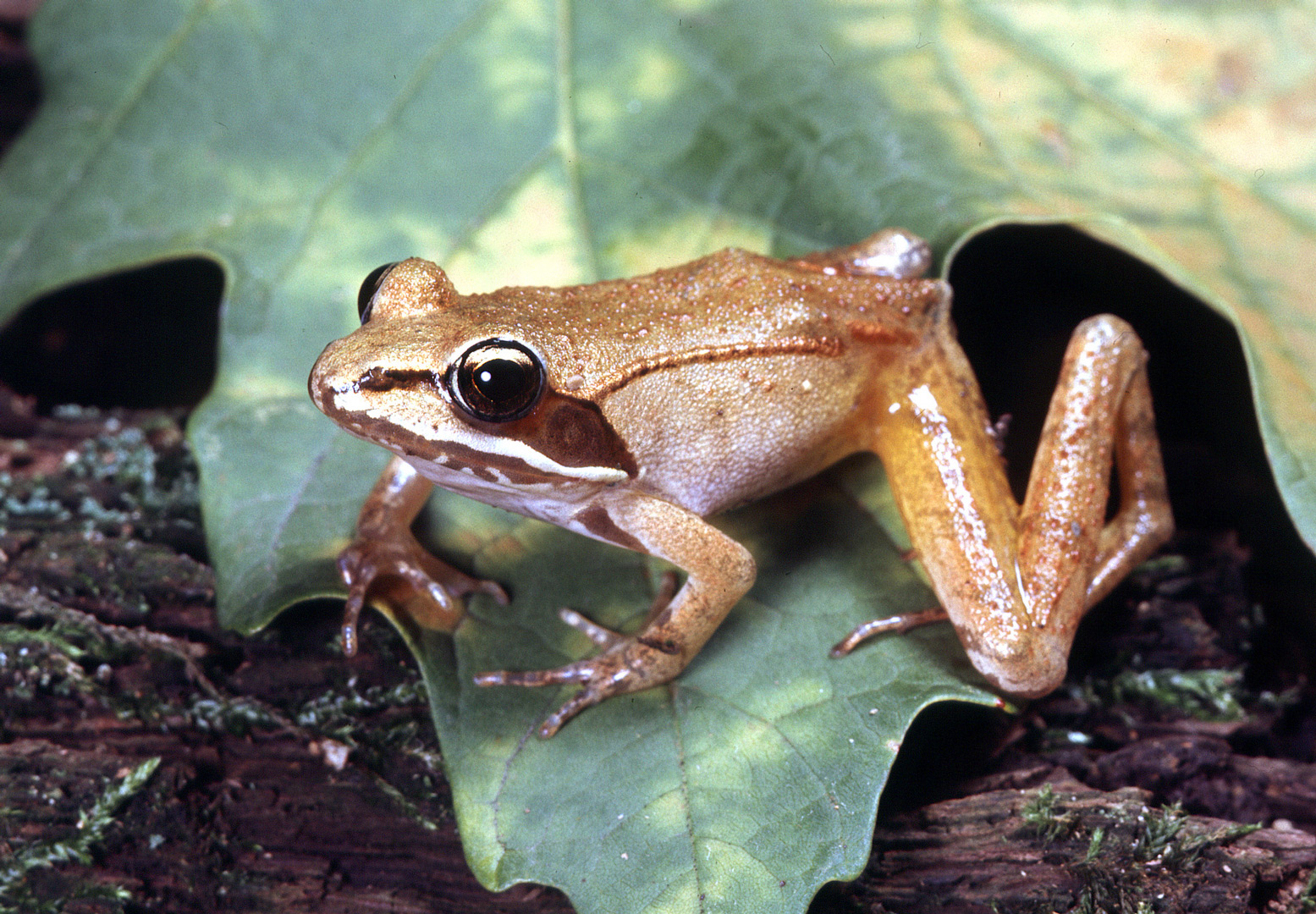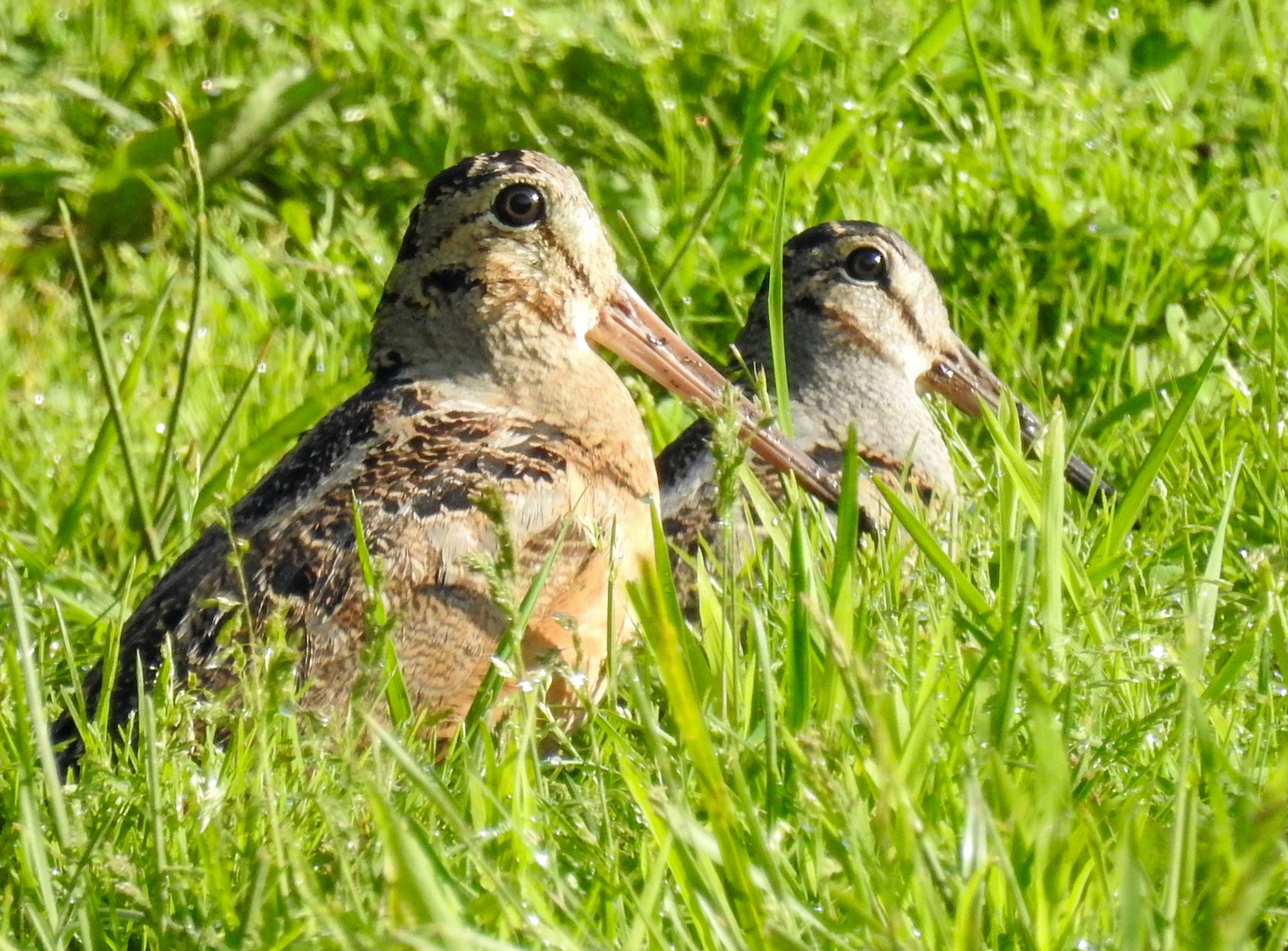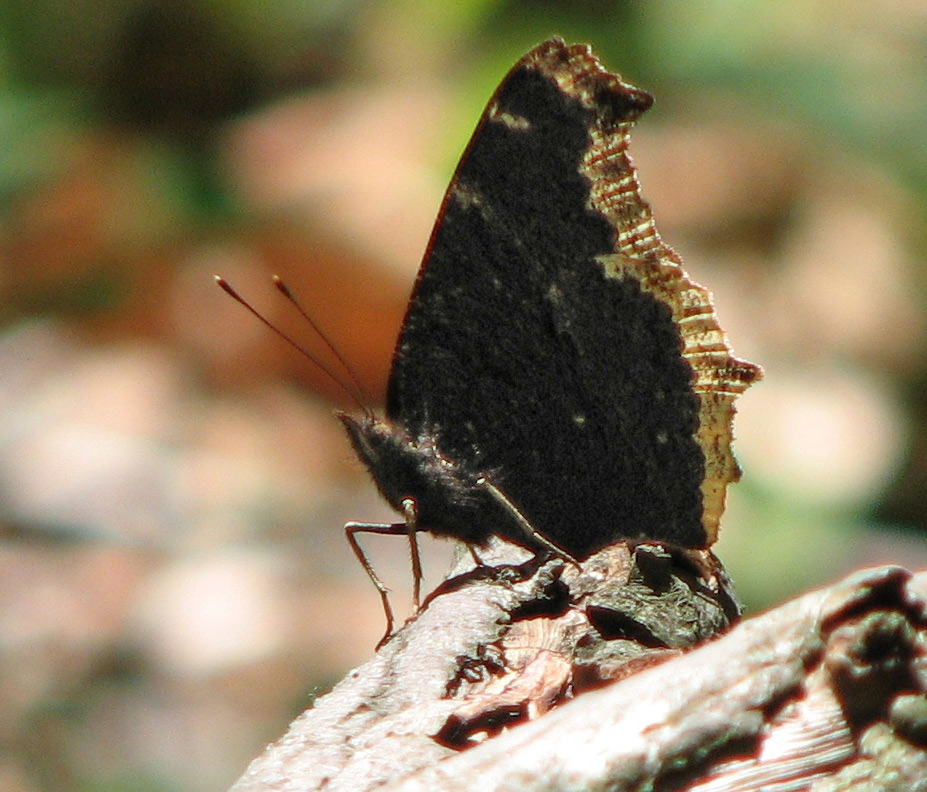CODY BERKEBILE, Blacklick Woods Naturalist

Harbingers of spring can be slow in coming for most of us. Toward the end of a cold and snowy winter, many of us are asking ourselves, “Where is spring?”
Spring is my favorite season in Ohio. The days are longer, the temperatures increase, flowers begin to grow and migratory birds return. After being stuck inside more than I prefer during the winter, spring is a great time to get out and shake off those winter blues. Here are some signs of spring that you can watch for as we countdown the remaining days of winter.
Harbinger-of-spring
This aptly named wildflower is one of the earliest to bloom in Ohio’s forests, blooming around Central Ohio in early March. You would expect the first wildflowers to be easy to pick out, seeing as how they are green and growing in a sea of decaying, brown leaves, but harbinger-of-spring is so tiny that you have likely walked right past it without even noticing.
This elfin flower is usually only a few inches in height, often barely poking above the bed of leaves it’s growing in. It has tiny white flowers, with purplish anthers dotting the centers, making it quite pretty to observe once found. As you venture out into the forest on your first spring hikes, watch the forest floor carefully for this miniature wildflower. You can find them along the Terrace Trail at Battelle Darby Creek, the Brookside Trail at Highbanks and the Sycamore Plains Trail at Prairie Oaks.

Wood frog
While this article is mostly about the signs of spring, the sounds of spring are just as enticing. Every spring, amphibians emerge from around the state and begin searching for mates. One of the earliest sounds of spring are the calls of wood frogs. They begin breeding in late February and early March and can be heard calling in the evenings to attract a mate. Wood frogs are a small, highly terrestrial frog, living in moist woodlands containing vernal pools.
Every year in early spring, visitors at Blacklick Woods come into the nature center to ask about this strange sound they heard while walking on our Buttonbush Trail. They typically say something along the lines of “I heard this weird noise on the trail. It sounded like ducks quacking, but I didn’t see anything.” Those are the wood frogs! Their call is reminiscent of the noise you would expect a duck to make with a sore throat. Because wood frogs are small and well camouflaged, it is more likely that you will hear them in the early spring rather than see them. Wood frogs can also be heard on the Multipurpose Trail at Sharon Woods, the Five Oaks Trail at Slate Run and the Creekside Meadows Trail at Clear Creek.

American woodcock
While many consider robins, red-winged blackbirds and turkey vultures harbingers of spring, the truth is these birds can be found throughout Ohio year-round. To use a bird as a true sign of spring, you have to find a species that truly migrates out of Ohio to spend the winter in warmer climates. For that, you need to look no further than the American woodcock.
Arriving here in late February, woodcocks are an odd bird that are some of the earliest spring migrants to invade Ohio each year. They are best known for their elaborate aerial courtship displays that occur around dawn and dusk in early spring. Once the woodcocks appear and begin courting, you know spring is near. You can see these beautiful birds on the Multipurpose Trail at Blacklick Woods, the Goldenrod Trail at Blendon Woods, the Marsh Hawk Trail at Glacier Ridge and the Arrowhead Trail at Pickerington Ponds.

Mourning cloak
The mourning cloak is one of the few butterflies that will spend the winter in Ohio hibernating as an adult, hiding behind tree bark and in other crevices. Because of this, they are one of the first species seen flying around each year and can be found out and about in early March. Mourning cloaks are beautiful butterflies. They have dark bodies and wings and just a sliver of yellow showing at the edge of the wings. This coloration prompted the naming of this butterfly.
It was remarked that the butterflies pattern looked like a young girl that disliked being in mourning and defiantly let a couple inches of a bright yellow dress show beneath her mourning cloak. On those first warm days in very early spring, you may find a mourning cloak flitting across the trails after waking up from hibernation. Head over to the Maple Trail at Blacklick Woods, the Terrace Trail at Battelle Darby Creek or the Ridge Trail at Chestnut Ridge to catch a glimpse of them.
